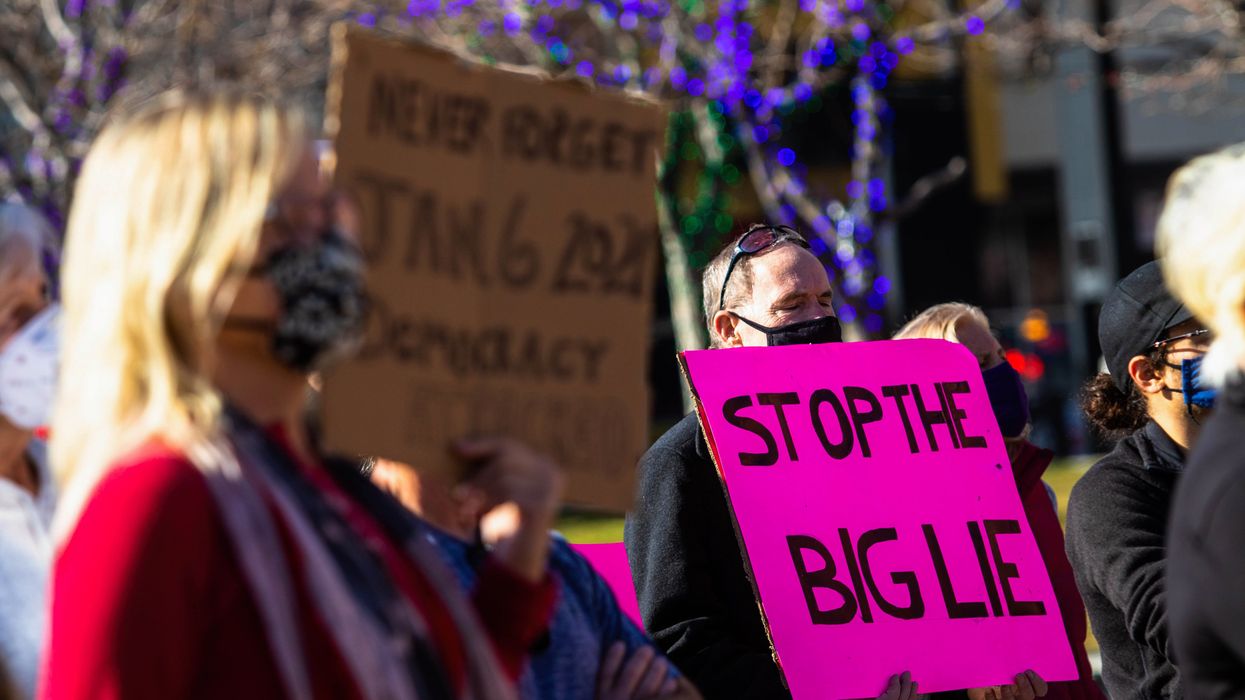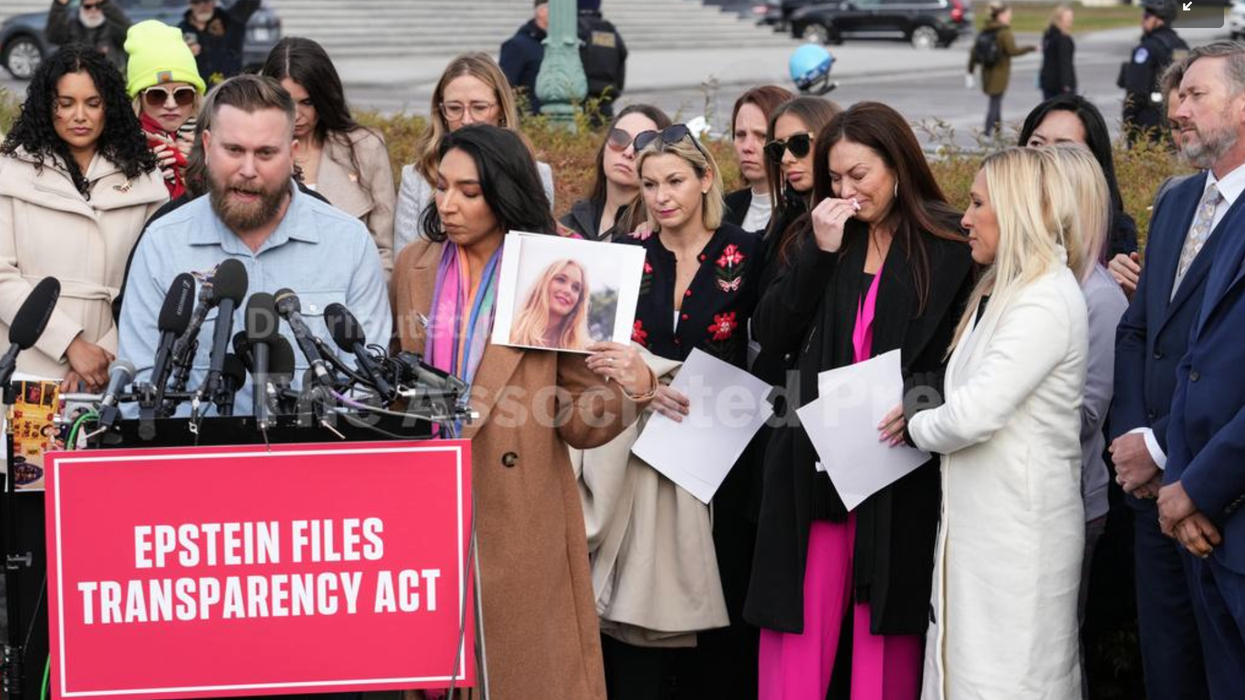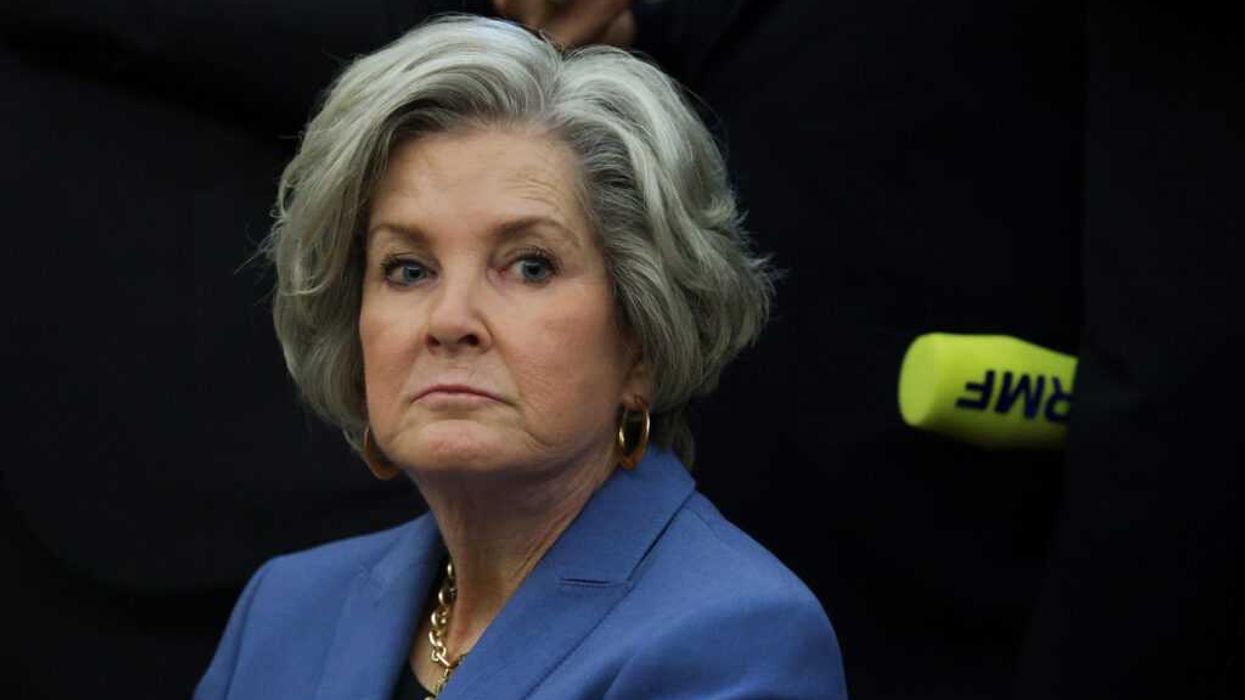Merloe is a member of the Election Reformers Network Advisory Council and provides strategic advice on democracy and elections in the U.S. and internationally.
Since the New York jury’s unanimous conviction of Donald Trump on 34 felony counts for acting to illegally influence the 2016 election, the MAGA movement’s Big Lie is expanding not only to subvert credible elections but to attack the judicial process. The “ fighting fire with fire ” attitude that is being promoted undermines the rule of law and its crucial role in protecting democracy.
MAGA leaders are denouncing the conviction, citing baseless conspiracy theories, and key figures are calling for Republican prosecutors across the country to file politically motivated charges against Democrats as retribution. Such demands reinforce cynicism about governance and are part of further weaponizing the Big Lie by using congressional investigations and other actions to undermine confidence in the judicial system.
Make no mistake, the current false claims of rigged courts are not just about the cases against Trump. They can serve as preconditioning for rejecting future lost election challenges. Subverting trust in judicial processes undermines the role of courts in resolving election controversies — threatening the peaceful transfer of power through elections. And this is not the only expansion of the Big Lie.
Repeating and further expanding the Big Lie
Until Trump’s May 30 conviction, the biggest part of the Big Lie being peddled to the American people was that Trump, not Joe Biden, won the 2020 presidential election. The lie keeps being repeated in efforts to sow doubts about the credibility of the 2024 elections.
That provides cover for Trump saying that he will not accept the 2024 presidential election result unless he deems it fair. He has warned of a “bloodbath” if he doesn't win, while his incendiary rhetoric feeds the potential for political violence — before and after the elections no matter what courts may rule. That places threats on top of the lies.
The Big Lie ballooned this year with the false assertion that immigrants are flooding across the borders to illegally vote for Biden/Harris. That plays to zenophobic fears, as did Trump’s recent bloodbath exclamations about “ carnage and chaos and killing ” by immigrants. Those false claims subvert faith in fundamental governmental functions at the core of the rule of law. They also feed a dark undercurrent with a message that encourages vigilantism in and beyond elections.
The newly created Only Citizens Vote Coalition builds on the anti-immigrant theme and high levels of public concern about immigration. OCVC seeks to mobilize grassroots activity to defend against the miniscule threat of illegal non-citizen voting. That includes campaigning for the recently introduced Safeguard American Voter Eligibility (SAVE) Act, which would require proof of citizenship for voting in federal elections — even though non-citizen voting in those polls is already prohibited.
While OCVC seeks to capitalize on public concern to advance MAGA grassroots organization, requiring proof of citizenship (e.g., by providing a birth certificate, passport, etc.) creates obstacles to voter registration, particularly for people with limited resources, a burden on voting rights that far outweighs the risk it claims to address. United Sovereign Americans, which claims thousands of grassroots volunteers in 24 states, attacks voter registries based on another expansion of the Big Lie: that state voter rolls contain enormous numbers of “ineligible or uncertain registration violations”.
As an organizing tool, USA offers a resolution tailored to various states to be used at local government and election board meetings to pressure officials and gain attention. The resolution embraces a proof of citizenship requirement for voting that aligns with OCVC and the SAVE Act. USA also offers online “education” sessions and in-person events to train activists to address voter registration and voting procedures.
Interestingly, USA’s resolution and events include reference to “trained citizens witnesses” who must be given access to ballots and other sensitive voting material. This novel concept for the MAGA movement provides a link to another MAGA effort to build grassroots organization — the initiative to deploy 100,000 polling officials, poll watchers and challengers to battleground states for the 2024 elections.
Answering fire with participation and peace
The NSF Agora Institute at Johns Hopkins University and the center-right think tank R Street Institute have been convening traditional conservatives, including some Republican election officials, in efforts to build public confidence in elections and define a democracy-reinforcing agenda. While key Republicans have balked at accepting the 2024 election results, others recently have indicated a more moderate position, which could also help build confidence. There are also cross-partisan initiatives, like Keep Our Republic, that aim at building trust in elections and democratic resilience, through they do not seek to build grassroots organization.
Common Ground USA is working in a politically neutral manner to mitigate potentials for political violence and build long-term community resilience against hyper-polarization in several states. The Carter Center, along with Cure Violence Global and Princeton University’s Bridging Divides Initiative, is helping in a number of localities to build local coalitions of influencers to mitigate potentials for electoral-related violence and also is promoting nonpartisan election observation in some states.
Election Protection, a coalition of 300 local, state and national organizations (including the Lawyers Committee for Civil Rights Under Law, Common Cause, the Interfaith Alliance, League of Women Voters and other liberal groups, conducts voting rights hotlines and voter education. It also deploys volunteers to stand outside targeted voting places in several states to help voters whose rights may have been infringed.
The march on Washington, D.C., on June 29 is part of the largest active grassroots mobilization that is not tied to a political party or specific candidates. It is being organized by the Poor People’s Campaign/Repairers of the Breach, led by Bishop William Barber and others, and encompasses voter mobilization for candidates who meet a 17-point moral policy agenda. The campaign aims to reach 15 million poor and low-wage infrequent voters with messages encouraging election participation and peaceful politics.
MAGA’s enlarged Big Lie and further radicalization following the May 30 conviction heightens the need for concerted efforts to educate, organize and mobilize positively down to local levels.
To meet the urgency and required scale of current circumstances, rethinking of mandates and coordination of initiatives seems in order. The 2024 elections can provide a springboard for longer-term efforts; yet, getting through the present volatile period with democracy intact is a prerequisite for that.



















